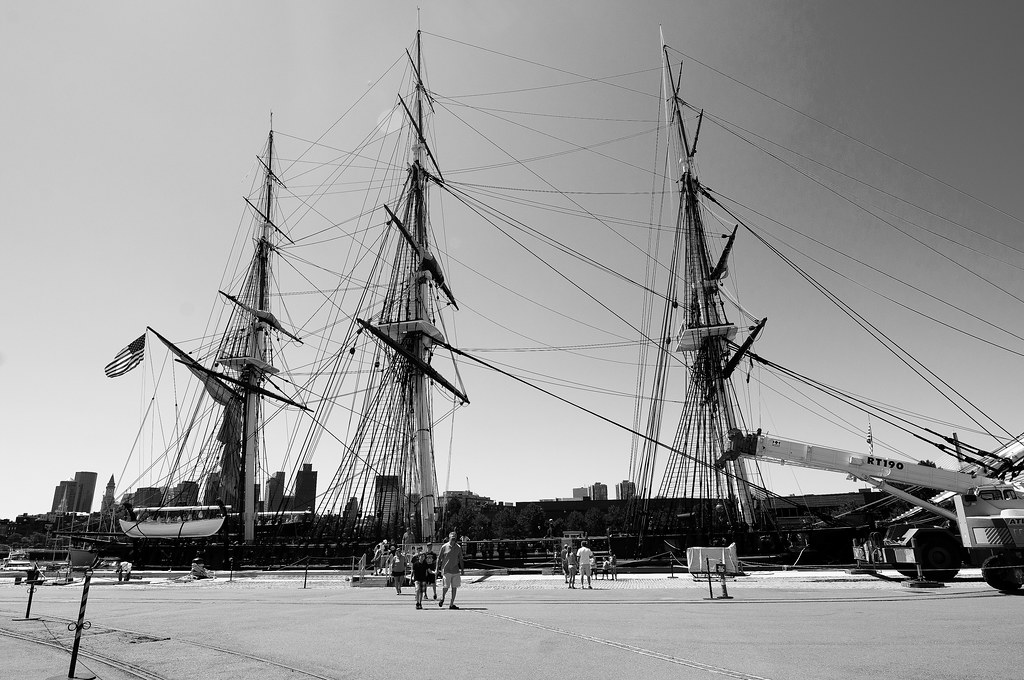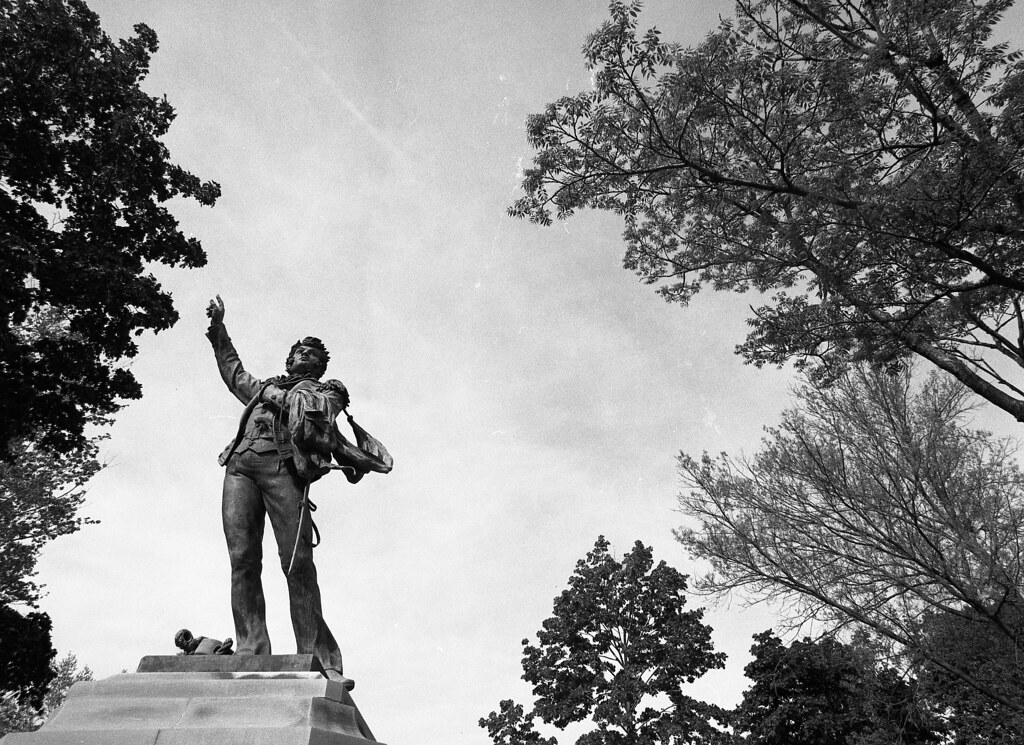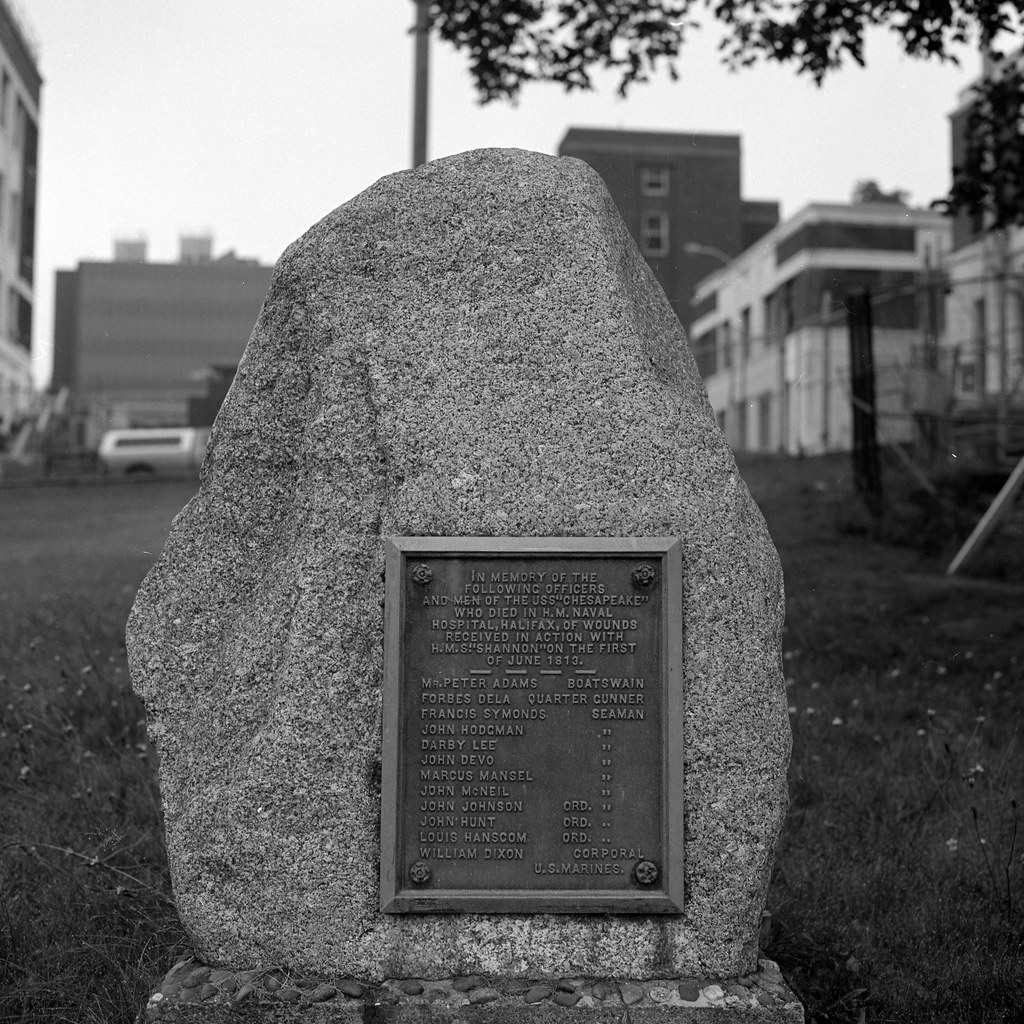While I have of late focused more on British personalities in the War of 1812, I will be making an effort to balance it out. James Lawrence is a tragic tale of the war. He was born 1 October 1781 in Burlington, New Jersey. The young James was, for a majority of his youth raised in nearby Woodbury and grew up for the most part without his parents. His mother passed away while he was an infant and his father, a Loyalist to the British Crown, fled to Upper Canada, leaving James behind to be raised by his half-sister. James originally planned to become a lawyer, but he ended up at the age of 17 as a midshipman in the United States Navy. He would see his first action during the Quasi-War with France aboard US Brig Ganges (26) as well as US Brig Adams (20) during his time in the American Caribean Squadron. Lawrence’s actions would earn him a promotion to Lieutenant in 1802 and transfer to US Schooner Enterprise (12) under Captain Stephen Decatur. The Enterprise would sail to join the Mediterranean Squadron and saw action during the American war against the Barbery Pirates. Lawrence would serve as the second-in-command during the mission to destroy the captured US Frigate Philidelphia (44) and would end up commanding the Enterprise during its actions against the Tripolitan Pirates. Lawrence would have his first encounter with the Royal Navy in 1805 that saw several members of his crew taken and pressed into the service of the British crown, an act that would stick with him for the remainder of his career.

Nikon D300 – AF-S Nikkor 14-24mm 1:2.8G
Lawrence would go on to command three more American naval ships before receiving command in 1810 of the US Sloop Hornet (20). His service aboard the Hornet is best remembered for his action in February 1813 against HM Brig Peacock (18). The Royal Navy ship quickly succumbed to the American vessel, and Lawrence left the action with a congressional gold medal and a sense of confidence should he meet another Royal Navy ship in open combat. Lawerence would receive a promotion to Captain; he immediately requested command of Old Ironsides, theUS Frigate Constitution (52) still undergoing refitting in Boston harbour. His request fell on deaf ears at the Navy Department, and Lawrence received command of the ill-starred US Frigate Chesapeake (50).

Pentax 645 – SMC Pentax A 645 35mm 1:3.5 – Kodak Tri-X Pan (320TXP) @ ASA-320 – HC-110 Dil. B 5:30 @ 20C
Upon his arrival on the Chesapeake, Lawrence found that he was commanding a mostly green crew. Many veteran seamen left the ship when it returned to Boston as their enlistments were up and those who remained kept complaining about the prize money owed to them. Lawrence took action immediately paying out the money out of his pocket and pulled several experienced crewmen off the Constitution. Not worrying about the British squadron off the east coast he put to sea on the first bright day and into infamy. He would give rousing speeches to the crew and hoist three American flags from the ship’s rigging as well as his battle flag, a white flag with blue text reading, Free Trade, and Sailor’s Rights. An appropriate phrase for the Chesapeake. On the 1st of June 1813, Lawrence met his match. He did not fear the gunners of the Royal Navy, but Captain Philip Broke and the HM Frigate Shannon (52) would quickly change his mind. Lawrence felt that the unassuming and sea-worn ship would make an easy target to bring up his crew’s morale and give them combat experience. It would but in all the wrong ways. The Shannon bested the Chesapeake in both a gunnery duel and in hand-to-hand combat, Lawrence would receive a mortal wound and while being carried to the surgeon gave one last order, for his men to not give up the ship! The Chesapeake’s, crew was in no state to save the ship. Lawrence would die on the cruise back to Halifax criticising the actions of the sailors and officers. One officer, Lieutenant Cox, would stand trial for his actions (the trial of Cox features in detail in Robert Heinlein’s science-fiction novel Starship Troopers). For his actions during the battle, James Lawrence received full military honours as his body was laid to rest in Halifax with six Royal Navy Officers acting as pallbearers.

Hasselblad 500c – Carl Zeiss Planar 80mm 1:2.8 – Ilford Pan F+ @ ASA-50 – FA-1027 (1+14) 5:00 @ 20C
James Lawrence is a unique figure among the American officers during the War of 1812. Lawrence suffered a humiliating defeat and yet is hailed as a hero still to this day. While he never actually received the Congressional Gold Medal for his capture of the Peacock was stuck despite his death. Lawerence would be inducted into the New York Society of the Cincinnati, posthumously of course. There are twenty places in the United States named for Captain Lawrence including an elementary school in his birthplace of Burlington, New Jersey. Five United States Navy ships would be named after Lawrence, the final ship, USS Lawrence (DDG-4) a Charles F Adams class Destroyer would be commissioned in 1960 by his great-great-granddaughter, Mrs Fernie C. Hubbard; it would be sold for scrap in 1994. But the phrase “Don’t Give up the Ship” still resonates in the Navy today, being affixed as the motto of the USS Lake Erie (CCG-7) a Ticonderoga class cruiser still on active service.
Written with files from:
Gleaves, Albert. James Lawrence, Captain, United States Navy, Commander of the “Chesapeake,” New York: G.P. Putnam’s Sons, 1904. Print.
Parton, James. “James Lawrence.” People’s Book of Biography; Or, Short Lives of the Most Interesting Persons of All Ages and Countries. Hartford, CT: A.S. Hale, 1869. N. page. Print.
Web: www.nj.com/gloucester-county/index.ssf/2013/01/wall_of_heroes_capt_james_lawr.html